
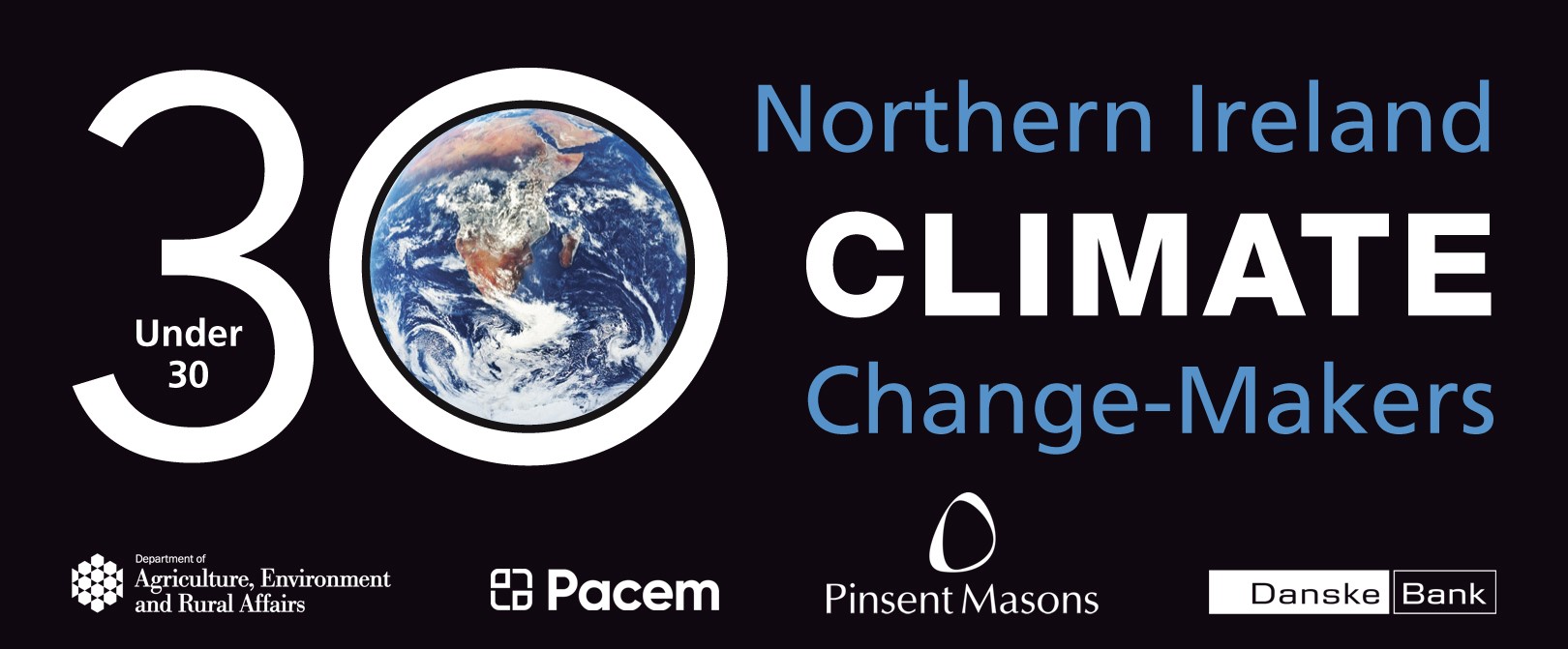
Are you under 30 and passionate about the environment? Calling the class of 22/23!
– young eco leaders sought for prestigious international ‘30 Under 30’ personal development programme –
A world-class leadership programme designed to unearth, inspire, and equip 30 ‘exceptional potential leaders’ under the age of 30 has been launched in Northern Ireland for the first time by environmental charity Keep Northern Ireland Beautiful, and will be delivered in partnership with the North American Association for Environmental Education and Podiem. Financial support for the programme has been provided by the Department of Agriculture, Environment and Rural Affairs (DAERA), Pacem, Pinsent Masons and Danske Bank.
‘30 Under 30’ (30U30) will offer successful applicants the opportunity to attend a series of six prestigious, half-day workshops delivered by internationally renowned thinkers and leaders. The focus will be on inspiring and enabling participants to develop their skills, confidence and leadership potential in the company of a supportive and environmentally focused peer group. At the end of the programme, the top five class members will receive a bursary to pursue their own transformational project and one class member will receive a scholarship to attend the North American AEE Conference later in 2023.
Edwin Poots MLA, Minister for Agriculture, Environment and Rural Affairs said of the new programme:
“Talented young people from Northern Ireland have, for many years, benefitted from international development opportunities such as the Washington Ireland Programme and others, and have gone on to inspiring leadership roles in many different spheres. The 30 Under 30 programme is very much the environmental equivalent of these prestigious initiatives and will give young people with a passion for the environment the chance to learn, to connect with others and ultimately to shine. And they will be able to avail of this opportunity and international connections from right here in Belfast. My department is very proud to support Northern Ireland’s inaugural 30U30 class and looks forward to proudly observing the future success of these young environmental champions.”
Keep Northern Ireland Beautiful’s Chief Executive, Dr Ian Humphreys said:
“I have for several years found inspiration in the North American Association for Environmental Education’s 30 Under 30 programme and have dreamt of bringing it to Northern Ireland, where I know we have such a wealth of young talent. I’ve watched young leaders like Emer Rafferty and Rosalind Skillen come through our Eco-Schools and Young Reporters for the Environment programme, then the international 30 Under 30 programme, to a point where they are now regularly speaking up for Northern Ireland’s young people on the world stage at international events like COP. I look forward to seeing more young environmental leaders forging ahead in other spheres of our society, in business, in agriculture, in science and in politics; and I very much see this new Northern Ireland chapter of 30U30 as a way of enabling that to happen.”
Kevin Kelly, Founder and Director of Podiem said:
“Over the next 6 months the 30U30 participants will hear from some of the most inspirational thought-leaders in Europe and will return to their sectors and fields of interest with the leadership tools to drive positive climate action. We are delighted to be working with a premium group of partners on a programme which marks the next phase in our Sustain Exchange ecosystem which consists of a proactive community of planet-conscious leaders and organisations”.
To apply to the 30U30 programme, young people between the ages of 16 and 30 are invited to complete a 20 minute form and short video application at www.sustain-exchange.com/30-under-30. The closing date is Sunday 23rd October at 11.59pm. Successful applicants will be required to be available for programme workshops on six dates (Thursdays and Fridays in Belfast) between 27 October to 24 March 2023.
In addition, the first 40 applicants to the programme will secure a complimentary place at the Sustain Exchange Summit at Titanic Belfast on 27 October, featuring an influential line up of speakers.


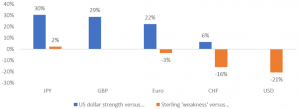
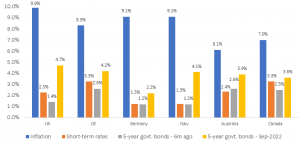








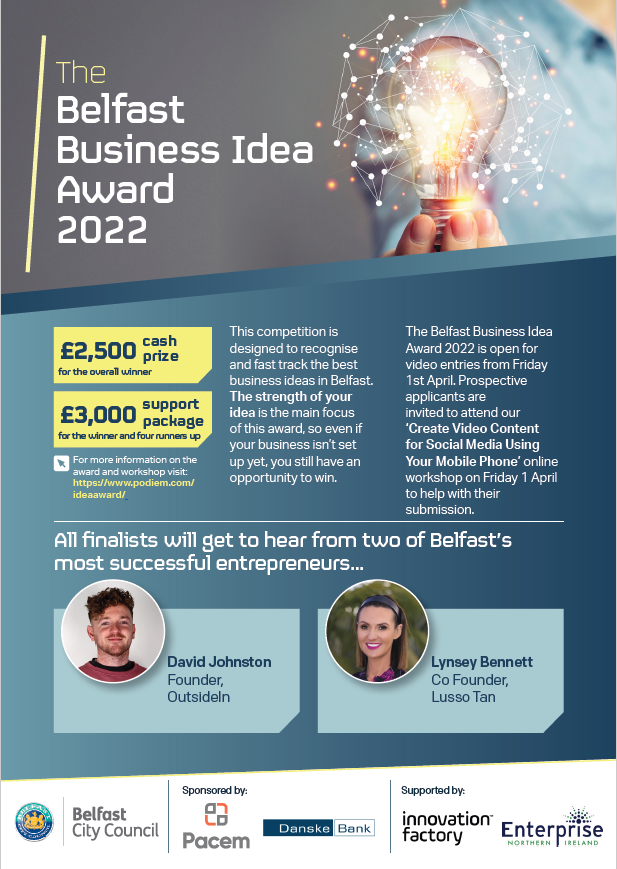

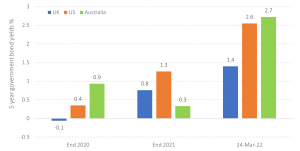
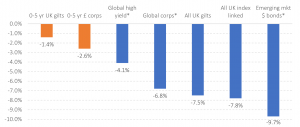

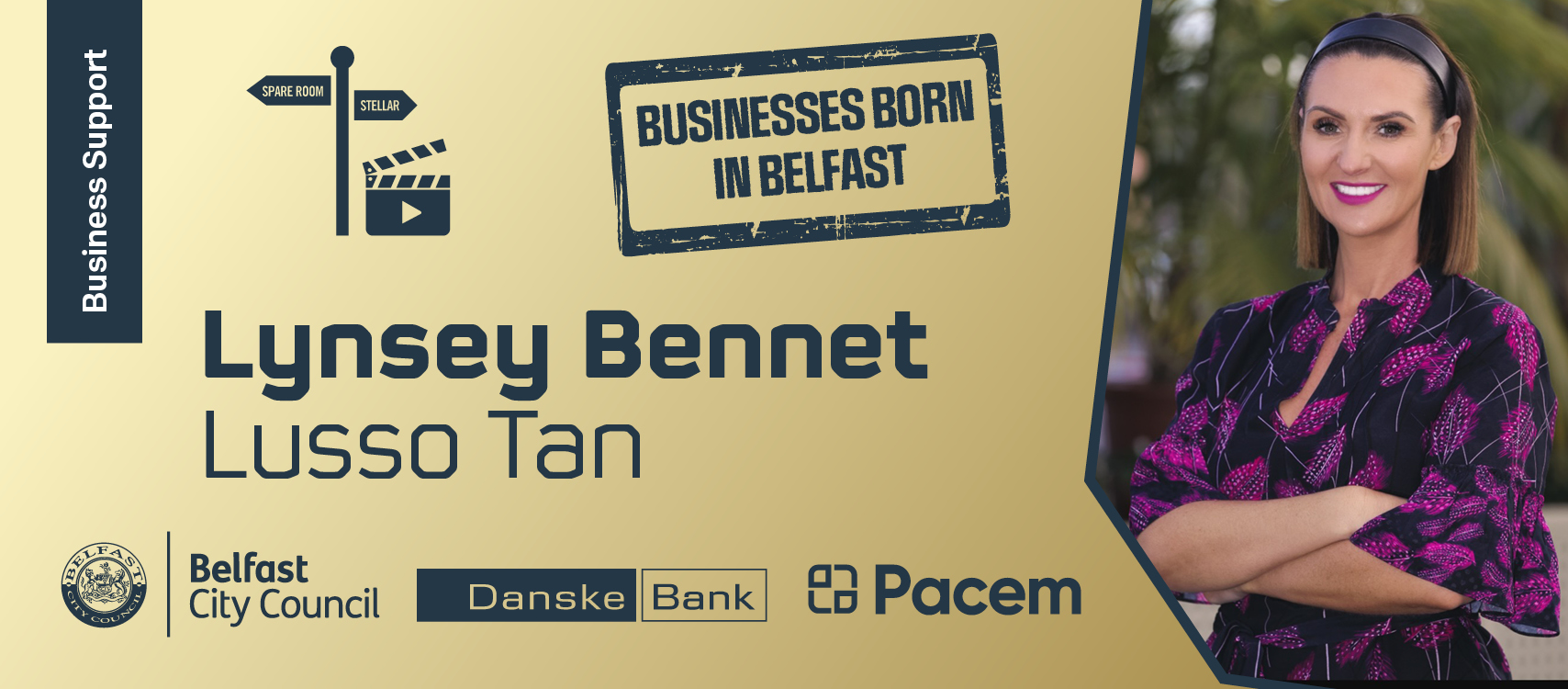
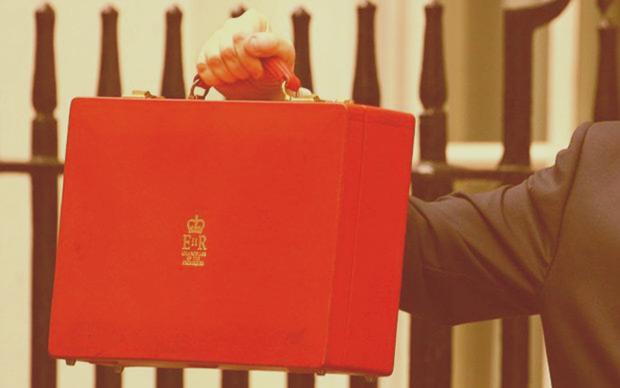

Recent Comments